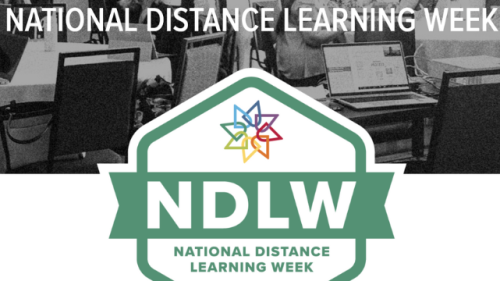
Quantitative Business Management
Kent State’s online Certificate in Quantitative Business Management provides specialized training in data analysis and quantitative decision-making for business settings. Covering essential skills like statistical analysis, forecasting, and data-driven strategy, this program is designed for professionals seeking to enhance their ability to make informed business decisions. Graduates gain valuable analytical tools to support effective management and strategic planning in various industries.
Quantitative Business Management Graduate Certificate Program Overview
The Quantitative Business Management graduate certificate prepares participants to serve as responsible leaders in public, private and nonprofit organizations. Because the need for quantitative business management competence is ubiquitous across organizations, this certificate program welcomes participants from all fields and undergraduate degree backgrounds.
Program Learning Outcomes
Graduates of this program will be able to:
- Identify the problem and select the appropriate tool(s) to resolve the problem.
- Analyze the problem in order to come to a decision or conclusion.
- Identify alternatives and consequences regarding an ethical dilemma and support a course of action.
- Identify global factors involved in making business decisions.
- Prioritize and analyze alternatives and consequences related to global factors and support a strategic decision in a global business context.
Quantitative Business Management Graduate Certificate Program Admissions Requirements
For more information about graduate admissions, visit the graduate admission website. For more information on international admissions, visit the international admission website.
- Bachelor’s degree from an accredited college or university
- Minimum 2.750 undergraduate GPA on a 4.000-point scale
- Official transcripts
- Starting with spring 2026 admission term, completion of two quantitative undergraduate courses (e.g., advanced algebra, statistics) with minimum B grade1 will be required.
- English language proficiency - all international students must provide proof of English language proficiency (unless they meet specific exceptions to waive) by earning one of the following:2
- Minimum 79 TOEFL iBT score
- Minimum 6.5 IELTS score
- Minimum 58 PTE score
- Minimum 110 DET score
1In some circumstances, the academic program admissions committee may consider other compelling evidence in their determination.
2International applicants who do not meet the above test scores will not be considered for admission.
Program Courses
Program Requirements
| Code | Title | Credit Hours |
|---|---|---|
| Certificate Requirements | ||
| ACCT 63037 | FINANCIAL ACCOUNTING FOR DECISION MAKING | 2 |
| ACCT 63038 | MANAGERIAL ACCOUNTING FOR DECISION MAKING | 2 |
| BA 64005 | ANALYTICS FOR DECISION MAKING | 2 |
| ECON 62022 | MANAGERIAL ECONOMICS | 2 |
| FIN 66060 | MANAGERIAL FINANCE | 2 |
| Minimum Total Credit Hours: | 10 | |
Quantitative Business Management Graduate Certificate Program Tuition and Fees
Ohio Residents
| Per Credit Hour | Per 2-Credit Course | Approximate Tuition Cost |
| $860 | $1,720 | $8,600 |
Non-Ohio Residents
| Per Credit Hour | Per 2-Credit Course | Approximate Tuition Cost |
| $870 | $1,740 | $8,700 |
*Out-of-state/International tuition includes a surcharge of $10 per credit hour for all students enrolled in an online program.
- An additional Distance Learning fee for all students enrolled in a distance learning course is $15 per credit hour. Program tuition and costs are estimated and subject to change.
- Actual tuition costs will vary based on a student’s chosen academic plan. The full cost of attendance consists of tuition and fees, and when applicable, food, housing, books, course materials, supplies and equipment, transportation and personal expenses for the enrolled terms. Other expenses not included in tuition and fees totals can be found on the Kent State University cost of attendance web page.
- For a complete listing of tuition rates for approved online programs, please contact Kent State’s Financial, Billing & Enrollment Center at 330-672-6000 or via our website Contact Us link.
Quantitative Business Management Graduate Certificate Careers
- 5.8% faster than the average
- 2,486,400 number of jobs
- $103,650 potential earnings
- 10.7% much faster than the average
- 876,300 number of jobs
- $87,660 potential earnings
Notice: Career Information Source
* Source of occupation titles and labor data comes from the U.S. Bureau of Labor Statistics’ Occupational Outlook Handbook. Data comprises projected percent change in employment over the next 10 years; nation-wide employment numbers; and the yearly median wage at which half of the workers in the occupation earned more than that amount and half earned less.






